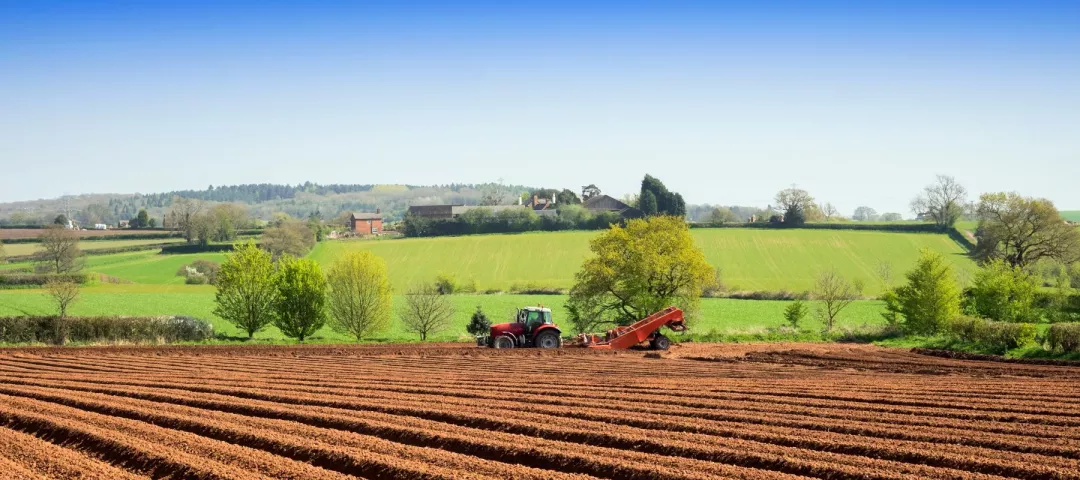Evaluation of post-agreement higher level stewardship permissive access provision
The study assesses voluntary land access post-agreement of England to inform future environmental land management policies.
- Other
- 2014-2022
- Environmental impacts


Permissive access options offering financial incentives to farmers/landowners in exchange for offering permissive access to their land for public recreational use formed an element of agri-environment schemes until late 2010, after which funding was withdrawn and no new agreements were put in place. Live agreements did continue to run, with the last of these ending in 2020/2021.
This evaluation, focused on the post-Higher-Level Stewardship (HLS) permissive access provision, covers the period following the end of HLS agreements in 2021, with the final report completed in June 2023.
The evaluation's main objectives are to determine the extent of voluntary permissive access provision, understand landowners' decisions regarding route continuation or discontinuation, and inform the development of future Environmental Land Management Schemes (ELMS) policies related to public goods.
The methodology for this evaluation involved data collection through computer-assisted telephone interviews (CATI) and online surveys, targeting a database of approximately 1,200 Higher Level Stewardship (HLS) agreement holders provided by Defra and Natural England. A total of 226 responses were collected: 201 via telephone and 25 via email. The survey included 32 questions addressing the status of permissive access routes, barriers to continuation, and landowner attitudes toward reinstating permissive access. A combination of descriptive statistics (e.g., frequency distributions, percentages) and inferential statistics (e.g., chi-square tests, t-tests) were employed to analyse the data. Qualitative responses were also coded and analysed for common themes, with sentiment analysis applied to open-text responses to capture the emotional tone of feedback. The research adhered to the Market Research Society’s Code of Conduct, ensuring data anonymity and respondent confidentiality.
The limitations of this evaluation primarily stem from data gaps and logistical challenges. Due to anonymity requirements, respondent postcodes and maps of the permissive access routes were not included, which limited the ability to analyse the proximity to settlements and assess public usage. Additionally, no on-site visits were conducted to verify whether the permissive paths remained open or maintained, creating uncertainty about their actual usage and public awareness. Furthermore, budget constraints prevented more comprehensive fieldwork, and the analysis had to rely heavily on self-reported data, which could affect the accuracy of findings.
The main findings of the evaluation show that 57% of permissive access routes provided under the Higher-Level Stewardship (HLS) scheme are still in existence, with 34% being maintained, 21% offered but not maintained, and 2% modified. Of those who discontinued offering access, 38% stopped once funding ceased, and 55% would consider reinstating their routes, though 53% would only do so if financial incentives were available. The majority of access users are walkers and dog walkers, with farmers expressing concerns about public behaviour, including leaving gates open and dogs disturbing livestock. Financial concerns and the cost of maintaining access routes were significant factors in landowners' decisions. Landowners who had positive experiences and manageable administrative burdens were more likely to continue offering permissive access routes. Overall, there is significant interest in continuing permissive access if proper funding and support are provided.
Author(s)
Esme Jepp, Karolyn Webb and Katy Wild